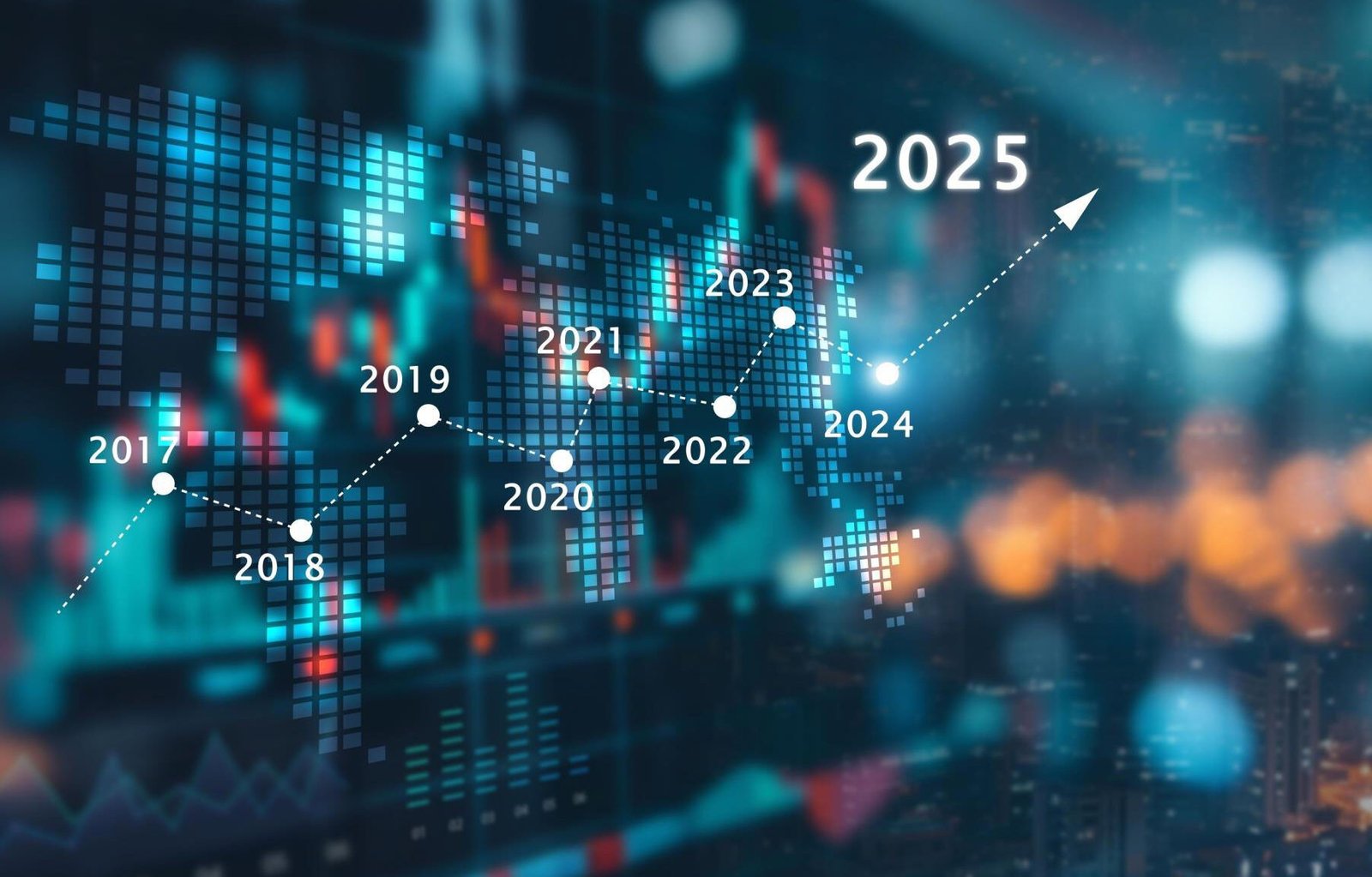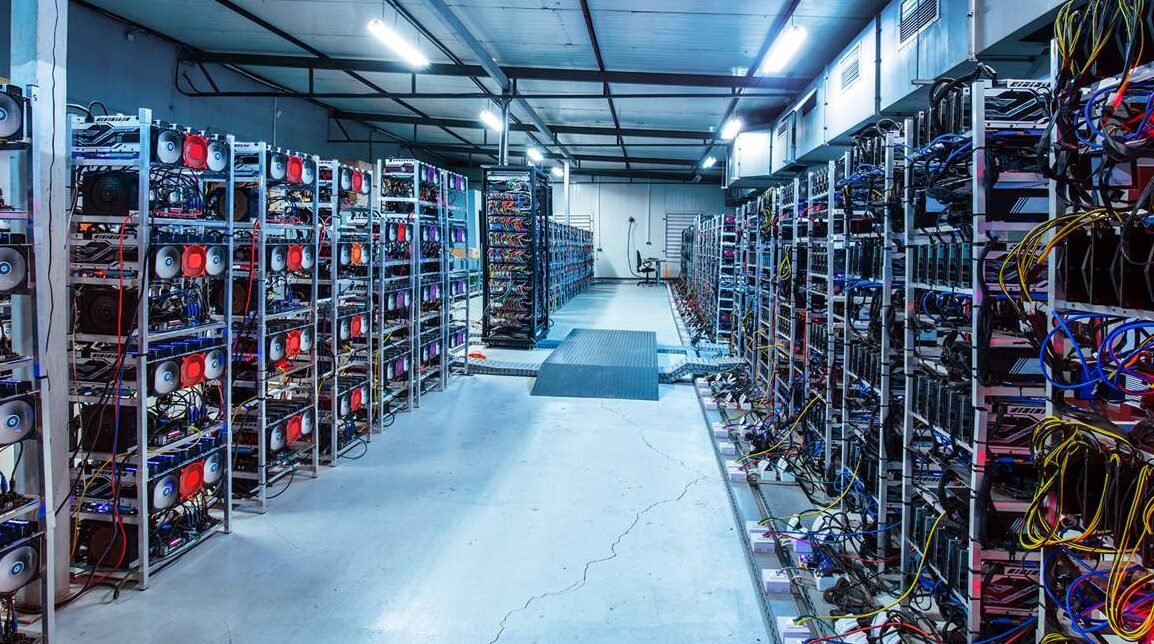Bitcoin mining has undergone significant transformation in 2025, with the industry continuing to evolve rapidly following the 2024 halving event. As we progress through 2025, miners face new challenges and opportunities in a landscape shaped by technological advances, regulatory changes, and shifting market dynamics.
Current State of Bitcoin Mining in 2025
Market Performance and Price Impact
Bitcoin closed the month of January with a 13.1% gain, reaching $102,405, marking its third consecutive positive January and the first month to close above the $100,000 threshold. This milestone has significant implications for the profitability of the mining industry and its growth.
The sustained high Bitcoin price has created a more favorable environment for miners, especially those who have maintained efficient operations throughout the post-halving period.
Network Hashrate Growth
As of May 1, 2025, the total computational power of the network reached 831 EH/s. Earlier in the month, hashrate peaked at 921 EH/s, marking a 77% increase from the 2024 low of 519 EH/s. This remarkable recovery demonstrates the industry’s resilience and continued investment in mining infrastructure.
The network hashrate growth indicates:
- Increased mining competition
- Higher security for the Bitcoin network
- Significant capital investment in new mining equipment
Profitability Factors in 2025
Energy Costs Remain Critical
Electricity is undoubtedly one of the most significant expenses for Bitcoin miners. In 2025, the electricity fee will play a central role in determining our profitability. Miners in regions with inexpensive power, such as those near hydroelectric dams or geothermal sites, may benefit significantly.
Energy costs typically account for 60-80% of total mining expenses, making location selection a crucial factor in achieving profitability. Successful miners in 2025 are those who have secured access to:
- Renewable energy sources
- Industrial electricity rates
- Stable power grid infrastructure
Hardware Efficiency Requirements
Power-efficient ASICs, such as the WhatsMiner M60 series and the Antminer S21, are expected to dominate the mining market by 2025. Such equipment provides higher hash rates per watt, lowering operational costs and making it more profitable.
Efficient mining operations in 2025 rely on ASICs capable of operating at a power consumption of below 30 Joules per TH/s, thereby maximizing both hashrate and cost savings.
Key Industry Trends for 2025

1. Diversification Beyond Mining
A notable trend is the transition from exclusive cryptocurrency mining to establishing general-purpose data centers that cater to high-performance computing (HPC) and artificial intelligence (AI) applications. This strategic pivot allows miners to leverage existing infrastructure and expertise.
Mining companies are increasingly exploring:
- AI and machine learning applications
- High-performance computing services
- Grid stabilization and energy services
- Bitcoin treasury strategies
2. Institutional Mining Growth
The industry has seen significant institutional adoption, with major mining companies expanding operations. Record High of 282 Blocks Earned in May, a 38% Month-over-Month Increase, with 950 Bitcoin Produced, a 35% Month-over-Month Increase, demonstrating the scale at which institutional miners are operating.
3. Technology Advancement
Mining hardware continues to evolve rapidly, with manufacturers focusing on:
- Improved energy efficiency
- Better heat management
- Enhanced durability
- Reduced noise levels for residential applications
Home Mining Considerations

Equipment Costs and Setup
ASIC Units: $2,000–$4,500 depending on model and availability. Electricity: The most significant recurring cost, which varies significantly by region.
Home miners need to consider:
- Initial hardware investment
- Electricity costs vary dramatically by location.
- Cooling and ventilation requirements
- Noise considerations
- Maintenance and monitoring needs
Realistic Expectations
At current cost conditions and mining economics, this model entails a daily profitability profile of $7.80 (assuming an electricity cost of 6 cents per kWh).
This example illustrates the importance of having access to very low electricity costs for profitable home mining operations.
Alternative Mining Opportunities
GPU Mining Alternatives
Bitcoin mining remains profitable for those with access to low-cost energy and high-performance ASIC miners. However, GPU mining remains viable for altcoins such as Kaspa, Ergo, and Ravencoin.
For those without access to inexpensive electricity or substantial capital for ASIC miners, GPU mining of alternative cryptocurrencies may offer more favorable opportunities.
Risk Factors and Challenges
Market Volatility
Bitcoin’s price volatility has a direct impact on mining profitability. While 2025 has started strong, miners must prepare for potential price corrections.
Regulatory Uncertainty
Different jurisdictions continue to develop varying approaches to regulating cryptocurrency mining, which affects operational planning and expansion strategies.
Environmental Concerns
The industry faces ongoing scrutiny regarding energy consumption, driving the push toward renewable energy sources and more efficient mining practices.
Competition Intensity
As the network hashrate continues to grow, competition for block rewards intensifies, potentially squeezing out less efficient operations.
Future Outlook
Technological Innovation
The mining industry continues to innovate with:
- Next-generation ASIC designs
- Improved cooling solutions
- Integration with renewable energy systems
- Development of mining-as-a-service platforms
Market Maturation
The Bitcoin mining industry is becoming increasingly professional and institutionalized, with:
- Better access to capital markets
- Improved risk management practices
- More sophisticated operational strategies
- Enhanced transparency and reporting
Sustainability Focus
Environmental sustainability is becoming a key differentiator, with successful miners investing in:
- Renewable energy partnerships
- Carbon offset programs
- Energy-efficient hardware
- Waste heat recovery systems
Conclusion
Bitcoin mining in 2025 presents both significant opportunities and challenges. Success in this environment requires:
- Access to low-cost, preferably renewable energy
- Investment in highly efficient mining equipment
- Strong operational capabilities
- Strategic planning for market volatility
- Consideration of diversification strategies
The industry’s recovery from the 2024 halving event and Bitcoin’s strong price performance have created a more favorable environment for well-positioned miners. However, the increasing competition and technological requirements mean that only the most efficient and well-managed operations are likely to thrive in the long term.
For individuals considering entering Bitcoin mining, careful analysis of local electricity costs, equipment requirements, and realistic profitability expectations is essential. The days of easy profits from home mining setups are essentially over, but opportunities still exist for those who approach mining with proper preparation and realistic expectations.
The future of Bitcoin mining lies in professional, efficient, and sustainable operations that can adapt to changing market conditions while contributing to the security and decentralization of the Bitcoin network.

